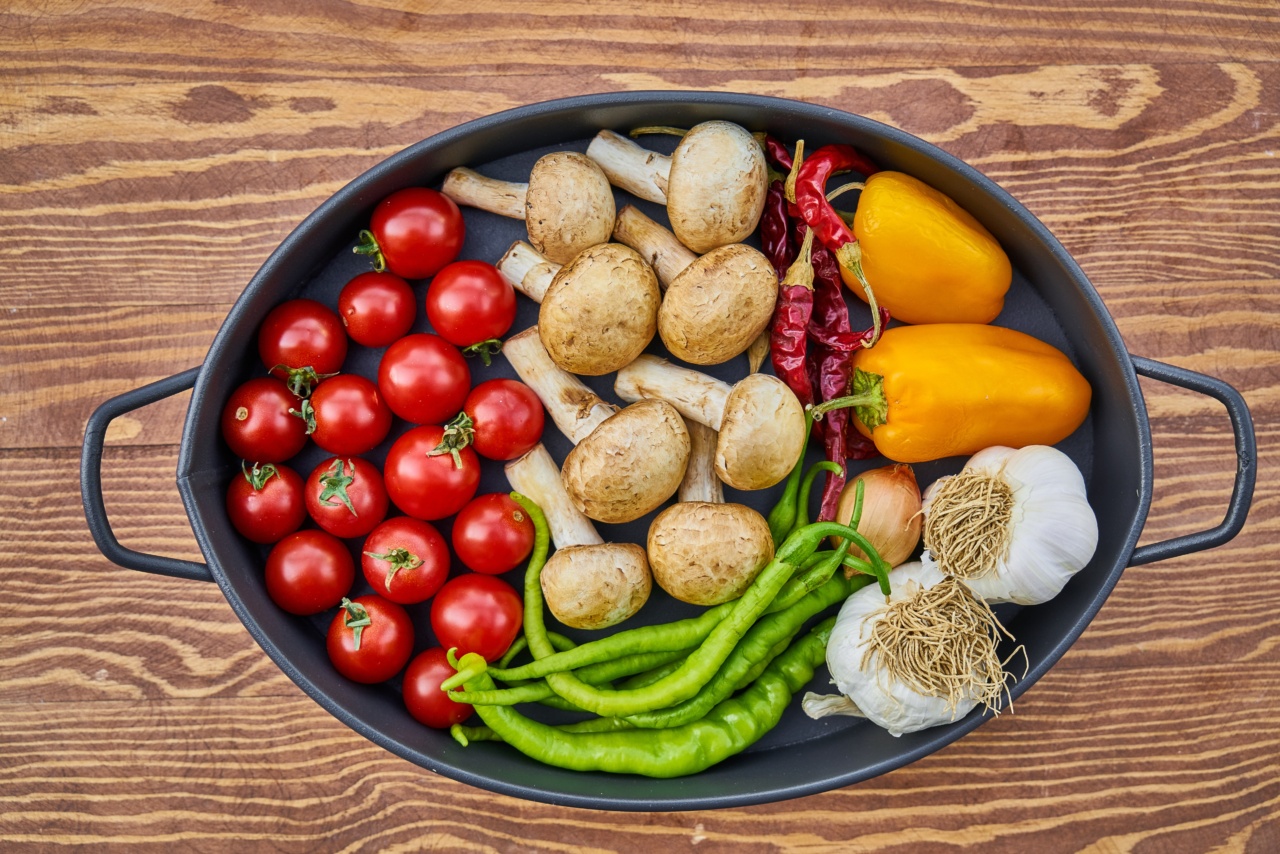Healthy eating is not just about maintaining a balanced diet and managing weight; it also plays a crucial role in protecting your body against various diseases and health conditions.
However, beyond choosing the right foods and ensuring proper nutrition, it is equally important to understand the significance of safe food practices to prevent food poisoning.
Understanding Food Poisoning
Food poisoning refers to an illness caused by consuming contaminated food or beverages. It occurs when harmful bacteria, viruses, parasites, or toxins contaminate the food we eat.
Common symptoms of food poisoning include nausea, vomiting, diarrhea, abdominal pain, and sometimes even fever. In severe cases, it can lead to dehydration, hospitalization, and, in rare instances, even death.
Food Handling and Storage Practices
Proper food handling and storage practices are essential to prevent food contamination and subsequent food poisoning. Here are some important guidelines to follow:.
1. Hand Hygiene
Always wash your hands thoroughly with soap and water before handling food. This simple act helps eliminate any bacteria or viruses present on your hands and reduces the risk of transferring them to the food you are preparing.
2. Separation of Raw and Cooked Foods
Keep raw meats, poultry, seafood, and their juices separate from ready-to-eat foods to avoid cross-contamination. Use different cutting boards, utensils, and plates for raw and cooked foods to prevent the transfer of harmful bacteria.
3. Proper Cooking Temperatures
Cooking food to the appropriate temperature is vital in killing harmful bacteria or viruses that may be present. Use a food thermometer to ensure meat, poultry, seafood, and egg dishes reach their proper internal temperatures.
4. Safe Food Storage
Storing food properly helps maintain its freshness and prevents the growth of bacteria. Refrigerate perishable foods within two hours to inhibit bacterial growth.
Ensure your refrigerator is set to the appropriate temperature (below 40°F or 4°C) and regularly check for expired or spoiled items.
5. Selecting Fresh Ingredients
When purchasing ingredients, particularly perishable items like fruits, vegetables, and dairy products, choose those without bruises, discoloration, or signs of spoilage.
Proper selection of fresh ingredients reduces the risk of consuming contaminated food.
Benefits of Healthy Eating in Food Safety
Adopting a healthy eating lifestyle not only helps nourish your body with essential nutrients but also contributes to food safety. Here’s how:.
1. Stronger Immune System
A balanced, nutrient-rich diet strengthens your immune system, making it more resilient against foodborne pathogens.
Consuming a variety of fruits, vegetables, whole grains, and lean proteins provides the necessary vitamins, minerals, and antioxidants to bolster your immunity.
2. Improved Digestive Health
Incorporating fiber-rich foods into your diet, such as whole grains, legumes, fruits, and vegetables, promotes healthy digestion. A healthy gut contributes to better absorption of nutrients and minimizes the risk of digestive problems.
3. Reduced Inflammation
Unhealthy eating habits, especially the consumption of processed foods high in added sugars and unhealthy fats, can lead to inflammation in the body. Chronic inflammation increases the risk of various diseases and weakens the immune system.
Eating a diet rich in fruits, vegetables, and healthy fats helps reduce inflammation and supports overall wellness.
4. Optimal Food Nutrients
A diverse and well-balanced diet provides your body with essential nutrients, including vitamins, minerals, proteins, and healthy fats. These nutrients support proper bodily functions and ensure optimal health and well-being.
5. Enhanced Energy Levels
Junk food and sugary snacks may offer temporary bursts of energy, but they often lead to energy crashes and fluctuations. Instead, nourish your body with nutrient-dense foods to experience sustained energy throughout the day.
Incorporating Safe Practices into Meals
Now that you understand the importance of healthy eating and food safety, here are some tips for incorporating safe practices into your meals:.
1. Thoroughly Clean Your Produce
Wash fruits and vegetables under running water before consuming, even if you plan to peel or cook them. This helps remove any dirt, bacteria, or pesticide residues present on the surface.
2. Cook Food to the Recommended Temperatures
Use a food thermometer to ensure that meat, poultry, fish, and eggs are cooked to the appropriate internal temperatures. This eliminates any potential pathogens and reduces the risk of foodborne illnesses.
3. Pay Attention to Expiry Dates
Check the expiration dates on food packaging before consuming or cooking. Discard any expired items as they may have lost their freshness and could harbor harmful bacteria.
4. Store Leftovers Correctly
When storing leftovers, divide them into small portions and refrigerate them within two hours. Consume the leftovers within a few days or freeze them for longer storage. Reheat leftovers thoroughly before consuming.
5. Plan Meals and Shop Smart
Plan your meals ahead of time to ensure you have all the necessary ingredients. When shopping, select fresh produce, meats, and dairy products, and avoid purchasing items with damaged packaging or signs of spoilage.
The Bottom Line
Healthy eating not only means focusing on the nutritional value of food but also incorporating safe practices to prevent food poisoning.
By adopting proper food handling and storage techniques, selecting fresh ingredients, and preparing meals with care, you can protect yourself and your loved ones from the risks associated with consuming contaminated food. Prioritizing both nutrition and food safety will contribute to your overall well-being and long-term health.






























